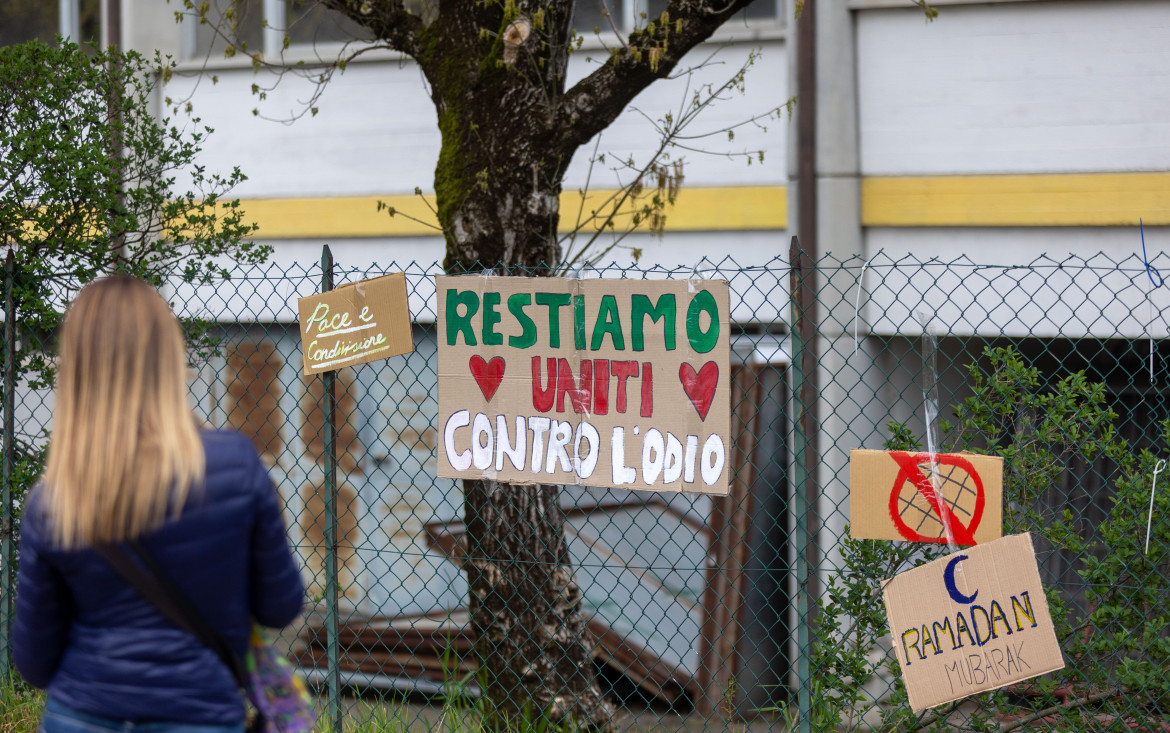Interview
Dario Ianes: ‘The meeting of cultures is an asset for our schools’
We spoke with pedagogue Dario Ianes, who criticized the Meloni government’s recent statements about limiting the number of foreign-born students in classes. ‘Heterogeneity is a founding principle of pedagogical discourse.’

Dario Ianes is a professor of pedagogy at the University of Bolzano, an autonomous province where bilingualism is compulsory. In recent years, his research has focused on the topic of inclusion and the possible approaches to implementing it.
Professor Ianes, what did you think when you read Minister Valditara’s statements on the maximum percentages of pupils of foreign origin in classes?
It’s nothing new. Former Minister Maria Stella Gelmini was already talking about percentages 15 years ago. This remark by Valditara seems to me to fit perfectly within the trend of the historical proposals of the right-wingers in this country regarding education.
The Lega Minister didn’t just propose maximum percentages of foreign-born pupils in classes, but also spoke of the need for “grounding in our value system.” We have seen this rhetoric before.
Not only is the Minister fully endorsing one of the pillars of “Salvinism,” the aversion towards “the foreigner,” but he is also taking up a topic dear to Giorgia Meloni’s “patriots,” who, in these two years of government, have been slipping in the theme of “Italianness” to justify a great many of their measures. From the “Made in Italy” High School to the new proposal for a “very Italian school system,” where Italy becomes the backdrop for integration, mostly from its role of organizing the school curriculum.
However, Valditara isn’t talking explicitly about “Italianness,” but about the need for a new kind of “inclusion” so that “foreigners would assimilate towards the fundamental values inscribed in the Constitution.”
Inclusion is not assimilation, but coexistence and respect towards our individual differences. The schools have the task of valuing differences and, through valuing, working to include them. On the other hand, assimilation is the opposite: “I want them to become like me,” even if I’m not even willing to give them the right to Italian citizenship. This is a strange discourse, which contradicts the research of modern pedagogy. Heterogeneity is a founding principle of pedagogical discourse: we must work so that differences are mixed together, enriching each other and “equal without distinction of sex, race, language, religion, political opinion, personal and social conditions,” as the Constitution says.
At the same time, there is the problem of “ghetto” classes or schools.
It certainly does exist, but then, let’s work on that specific problem, not by dictating percentages or inventing strange value categories. Do we want classes to be mixed, with boys and girls of all cultures and religions? I am telling Minister Valditara to work on doubling the number of classes, reducing the number of students so that we don’t need set percentages and avoid creating “ghettos.” Let’s mix it up, and let’s do it in secondary school as well. At some vocational schools, the percentage of foreign-born students is more than 80 percent, while in classical high schools it’s no more than 10 percent. Let’s shuffle, let’s mix. Let’s create the conditions for students of foreign origin to go to classical high school as well, and let’s make vocational schools more attractive to their peers of “very Italian” origin. I will stress once again that the meeting of cultures is an asset for our schools.
Do you have concrete examples of this?
I have hundreds, if not thousands, of pieces of anecdotal evidence in this regard. The latest one I heard from a teacher in Trento the other day. The teacher wanted to explain the concept of “negotiating” to his fourth-graders. The class didn’t seem to be able to understand that verb, but at one point, a student of Moroccan origin spoke up and “translated” negotiating as “bargaining,” recounting that in his culture of origin, knowing how to negotiate and bargain for a price is essential for buying a pair of shoes or a kilo of fruit. A discussion ensued that allowed the rest of the class to understand the concept. This is the pedagogical use of a difference for education, which becomes an asset for everyone. The habit of being together, even among “different” people, is a training ground for democracy: the best way to implement the Constitution.
Originally published at https://ilmanifesto.it/ianes-per-evitare-il-ghetto-bisogna-ridurre-gli-alunni-per-classe on 2024-03-30
